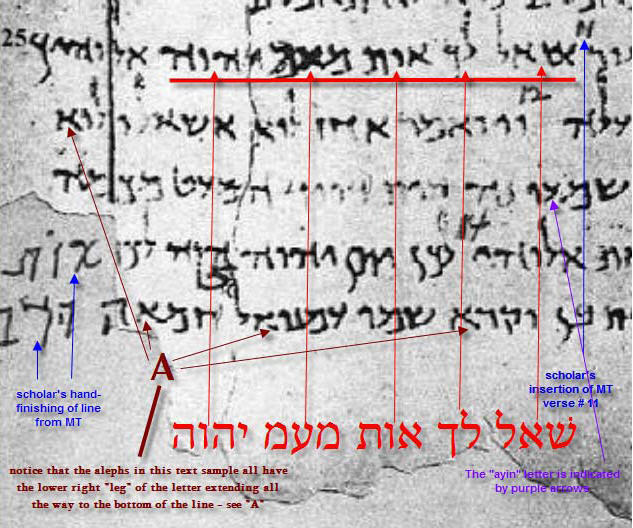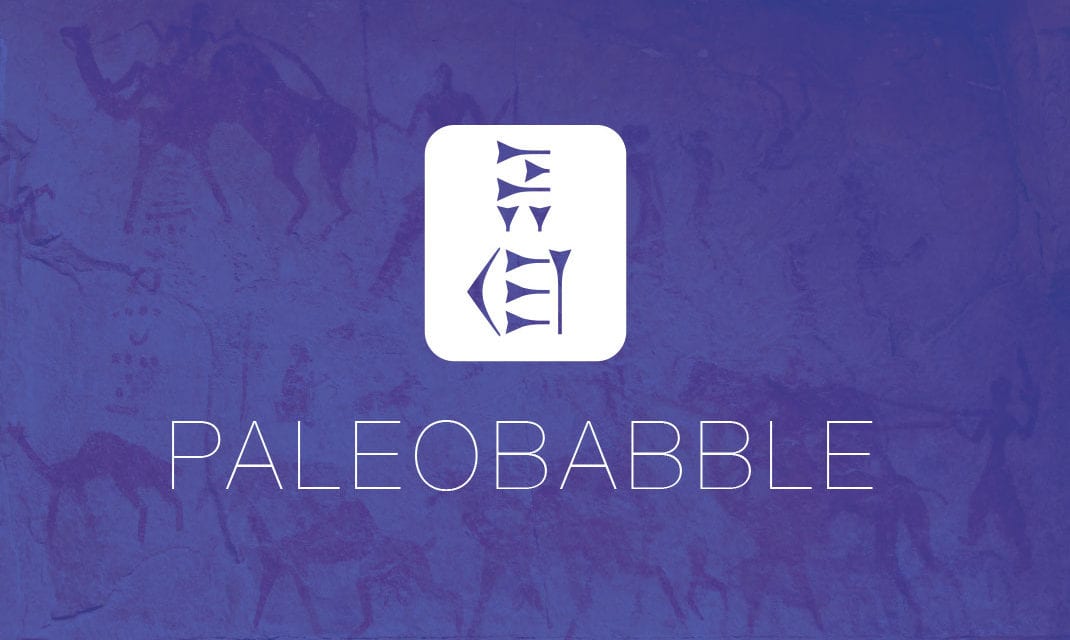I really enjoy Margaret Barker’s work. For those unfamiliar with her, she’s a scholar in the fields of biblical studies and Second Temple Judaism. I interacted with her work as part of my dissertation. Unfortunately, Barker is often accused of over-reaching the data and drawing conclusions that are too speculative. That’s fair–you read Barker because she asks questions no one else seems to, and argues for connecting dots that most scholars don’t think can or should be connected. In short, she’s stimulating, and well worth reading. But still, the criticisms are fair.
I recently had someone ask me about a claim Barker makes in an online article. Barker claims thatin the Dead Sea Great Isaiah scroll, in the famous virgin birth passage, the prophet says to King Ahaz, “ask for yourself a sign from the mother of Yahweh” (Isaiah 7:11) — thereby suggesting that Yahweh had a wife who would in part be responsible for the messianic child (or perhaps that Yahweh had a mother). Aside from the problems associated with the notion that the original Isaiah 7 prophecy was about the messiah, or Jesus (it wasn’t – it was later used as an example of “analogous prophetic fulfillment” by the gospel writer Matthew), Barker’s notion is misguided — and I’d say even manipulative. (But I still say you should read her stuff — just do it with both eyes open). I’ll try and explain why.
In the image below you have: (1) blue notes about modern handwriting by the scholar who handle the photo of the text – he puts in verse numbers corresponding to the Masoretic text (=MT) versification and finishes lines based on MT. (2) a red line underlining the portion in question, and the Hebrew text from the MT to that corresponding portion (from Isa 7:11). (3) notes / arrows in brown and purple about the way letters are formed.1 Since Hebrew doesn’t come through on the blog page. see this PDF for an explanation of the image and Barker’s manufacture of a goddess here.

- First a note for anyone who knows Hebrew to whom you might show this. Qumran hand-writing style at times (not rare) does not make the final “m” of a word look like the final mem of Hebrew look like you’d see it today in print or in other manuscripts. ↩




